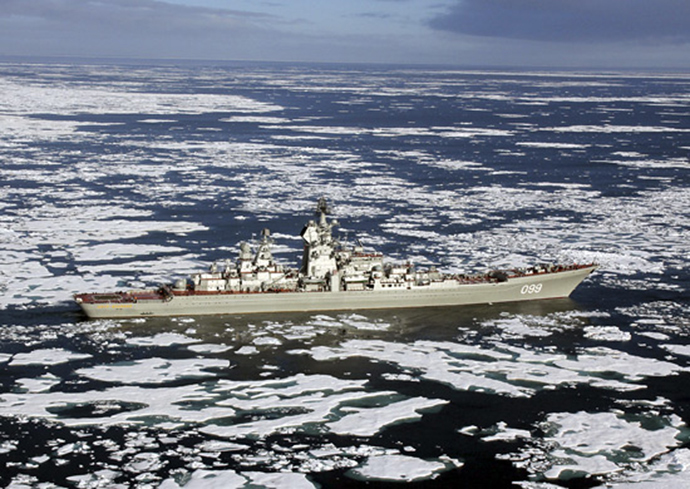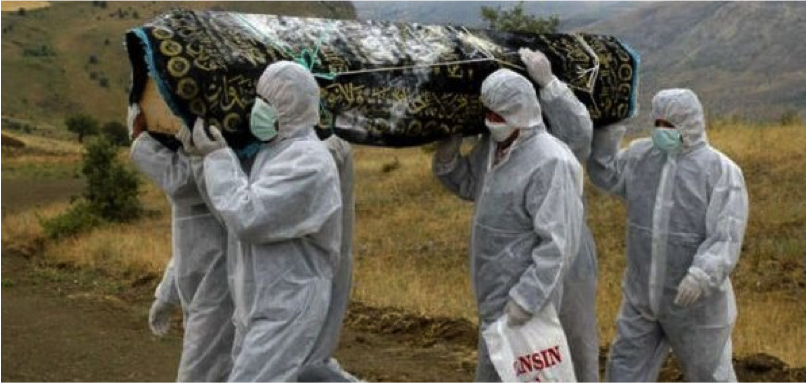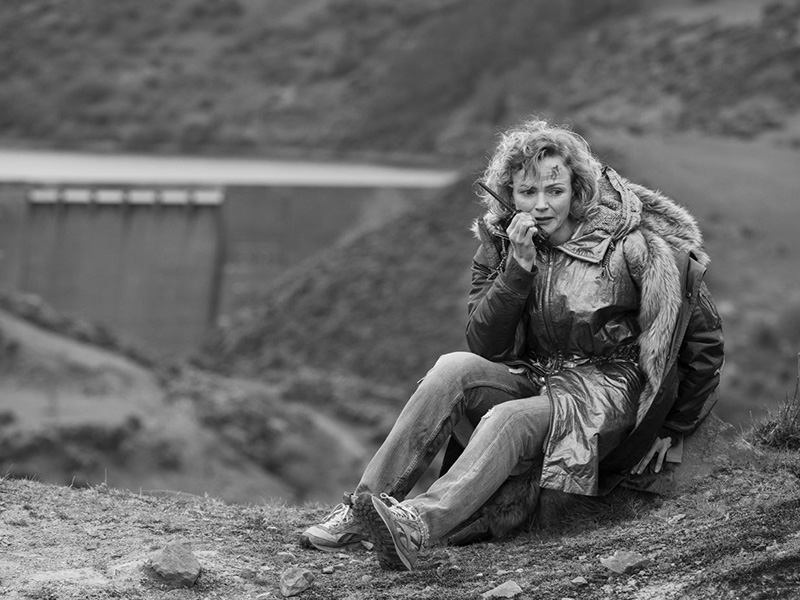There is a new ‘cold’ war brewing between northern states, a war over arctic sovereignty. With global temperatures rising and arctic ice melting, previously unnavigable paths have now opened up. For a few months out of the year, new passages are allowing for transportation, as well as mineral, oil and gas exploration. This means increased trade routes- especially for the eight Arctic nations (Canada, Denmark, Finland, Iceland, Norway, Russia, Sweden and the United States), which are all vying for control of the region. While each state has begun its own exploration and defence programs, their combined efforts pale in comparison to Russia’s arctic expansion this past decade. Russia has been claiming large swaths of land and sea, under the guise that these areas “fall under the Russian Continental Shelf”. Putin’s intent is generally well-known: aggressive expansion of Russian territory, including the arctic, which is one of the last untouched mineral resources in the world.
Russia’s strategic intent to expand into the arctic is evidenced by several “shows of force,” starting with Putin’s announcement in June of 2014 that he will increase Russian military presence in the arctic region in order to begin developing energy resources, and protecting ‘national interests’. Russia’s asserted control over the arctic was also noted by pundits this past September, as the Russian military held its Vostok exercises, the largest arctic training sessions held since the Cold War.
Moscow’s plans are in line with the newly created National Defense Control Center to counter any threats coming from the North, Eastern or Western arctic areas. To increase Russia’s military robustness in the region, Putin is also planning on expanding the country’s already formidable Northern Navy Fleet. According to the head of Russia’s National Defense Control Center, Lieutenant General Mikhail Mizintsev, Russia is also building 13 new airfields along its arctic coastline, along with 10 radar and detection sites tasked with tracking foreign ships and airplanes. Beyond the Russian mainland, in the arctic sea, two Cold War era bases are being rebuilt and retrofitted on Novosibirsk Island and the Franz Josef archipelago.
This newly created Northern Command, to be operational in early 2015, represents the biggest build-up of Russian security measures in the Arctic since the Cold War. Russia has gone far beyond any other Arctic nation in its militarization of the north, and is seemingly prepared to fend off any and all threats, most of which at the moment are nonexistent in the region. What is troublesome in regards to Russia’s military escalation is its expansion of first strike capability, ultimately meaning that its northern force is offensive in nature, rather than defensive, in accordance to Moscow’s plan of protecting national interests. Without a tangible threat to counter, Russia has committed nuclear submarines, nuclear icebreaker-warships, aircraft carriers, amphibious landing ships and the heavy nuclear warship ‘Peter the Great’, with guided missile capability, to the Northern Command. In combination with Russian military escalation in the region, the latest oil and and gas development is 600 kilometers north of Russian territory, well beyond its 370 kilometer exclusive economic zone due to the territorial claims based on Russian mapping of its arctic continental shelf. State-owned Gazprom and Rosneft have a monopoly over all arctic oil and gas exploration, and have been surveying the area since 2011. Detractors are quick to point out that operational costs are far too high for such oil and gas exploration to be feasible. Experts in the industry put the costs at $115 to $700 per barrel of oil, well above current prices.
“We firmly believe that there are no problems in the Arctic which demand NATO participation…” – Lavrov
As Russia’s dominance of the arctic region expands, its intentions seem to have become clearer: full control of the Eastern zone of the Northwest passage, and control of the vast majority of the arctic’s resources. Its military expansion, arctic training exercises, and first strike capability do not mesh with its stated policy of resource exploitation and self-defence. In addition to the military power in the region, Russia has also recently opened a drone base only a few hundred kilometers from Alaska, for the purpose of reconnaissance in Russia’s Eastern arctic area and the Bering Strait. Statements made by Russian Foreign Minister Sergey Lavrov add a twist to Russia’s arctic expansion, stating that, “We firmly believe that there are no problems in the Arctic which demand NATO participation…” This was a clear response to Western sanctions restricting advanced drilling technologies after the Russian incursion into Ukraine in 2014. It seems now that the West has focused its attention on the Black Sea area, Russia has militarized its arctic region under the guise of resource exploitation in the region. We are therefore left with a puzzling question, what is Russia’s true arctic policy?





